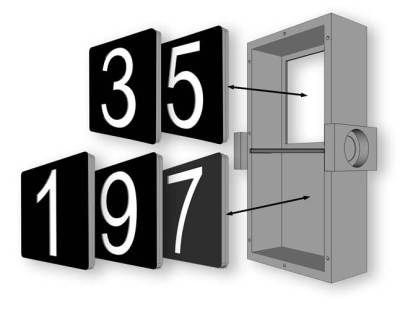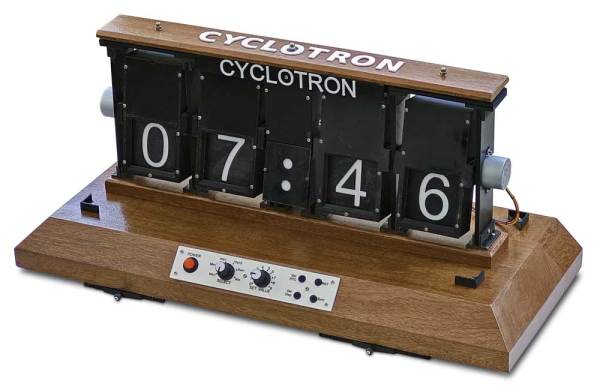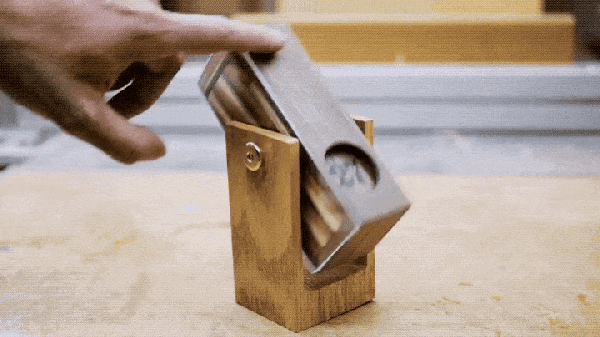Clocks are a mainstay of hackers and makers, as they provide a way to explore creative designs while still maintaining a functional aspect to the project. [Brett Oliver] follows this tradition in making a cyclotron clock that uses a perpetual rotating digit concept from a 1900s desk flip calendar.

Each digit of the clock has a rotating chamber that’s big enough to fit a group of tiles inside that have digits printed on either face. The tiles are sized and stacked in such a way that the rotation of the chamber allows the next tile to slide in front of the old one. Specific digits are revealed by rotating the chamber a number of times.
Each of the four digits positions has a 28BYJ-48 stepper motor to rotate the chamber, with each motor being driven by a ULN2003 driver module. The main microcontroller is a ESP32 WROOM, and an I2C compatible DS3231 real time clock (RTC) module keeps time. All of the motors are driven off of an LM2596 module that provides 7 V, while the ESP32 and RTC are powered from a USB connector.
The different modes and the ability to set time is done through a panel that has various buttons and knobs. The whole clock is mounted on a custom wooden base that has cutouts for the panels and cabling. [Brett Oliver] has done a great job of documentation, going into detail about the mechanics and electronics of the build. Design files, including STLs of the various components, are also available for download. Be sure to check out the video after the break.
We’ve featured a flip calendar with a similar operating principle before which clearly shows the inner workings of the mechanism.












